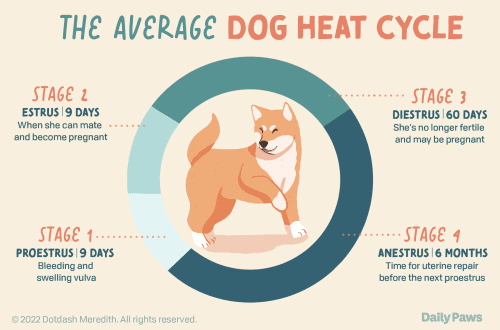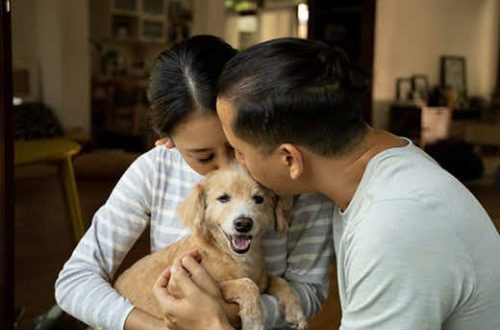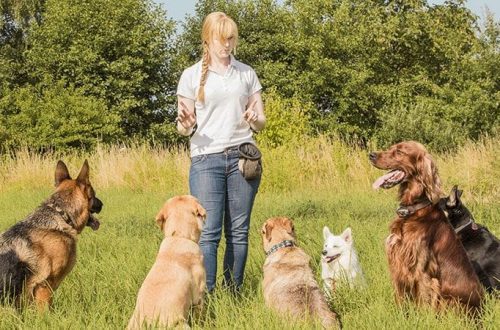
NIMA principle
When we talk about raising or correcting the behavior of any animals, including dogs, a good specialist differs from a not-so-good one in that he is guided by the NIMA principle. What is this principle and why is it good?
The NIMA principle stands for “Least Intrusive and Minimum Aversive”. According to this principle, the methods of education and training are ranked from the most effective and desirable (1) to the least effective and desirable (8):
- Analysis of health, nutrition, stress, and bringing them back to normal – here 5 freedoms will come to your aid. This point comes first for good reason: in abnormal conditions, a dog (and any other animal, and even a person) cannot behave normally. And if something hurts in a dog, no methods of correcting behavior will work.
- Change of preconditions – prevention of problems. For example, so that the puppy does not gnaw on shoes, we put these same shoes in the closet while he is growing and unable to control himself. To prevent the dog from stealing from the table, we do not leave food there unattended. And so on.
- positive reinforcement. We reinforce the behavior that we want to see, which means that it appears more often and more consistently. Of course, in many cases, the correct behavior of the dog must first be taught – with the help of the same positive reinforcement.
- Differential reinforcement of alternative behavior – that is, absolutely everything is encouraged, except for the problematic behavior.
- Extinction. Behavior that is not reinforced gradually fades away. That is, if you stop feeding the dog when he is begging, gradually he will stop doing it. However, it is important here not to reinforce the problem behavior all the time. If you didn’t treat the dog 99 times, and guests came to you on the hundredth time, and the pet still got a piece, consider that all your previous efforts went down the drain.
- negative punishment. For example, stopping the game if the puppy bites you too hard in excitement.
- negative reinforcement. The dog pulled on the leash – you stopped, the dog felt discomfort from the tension, turned to you, the leash sagged – the discomfort disappeared.
- positive punishment. When unpleasant things are introduced into the dog’s life – for example, jerking the leash. This is an extreme case where everything else has been used correctly and does not work! However, as a rule, in order to get to this point, you need to fundamentally misuse the previous methods. And if the previous methods are used incorrectly, then it is likely that positive punishment will also be used incorrectly.
So, if you have reached the eighth point, it may be worth reconsidering the entire system of relationships with the dog and contacting a competent specialist who will help you fix everything – in humane ways.
Or you can do it yourself with our positive reinforcement dog training and training videos.





